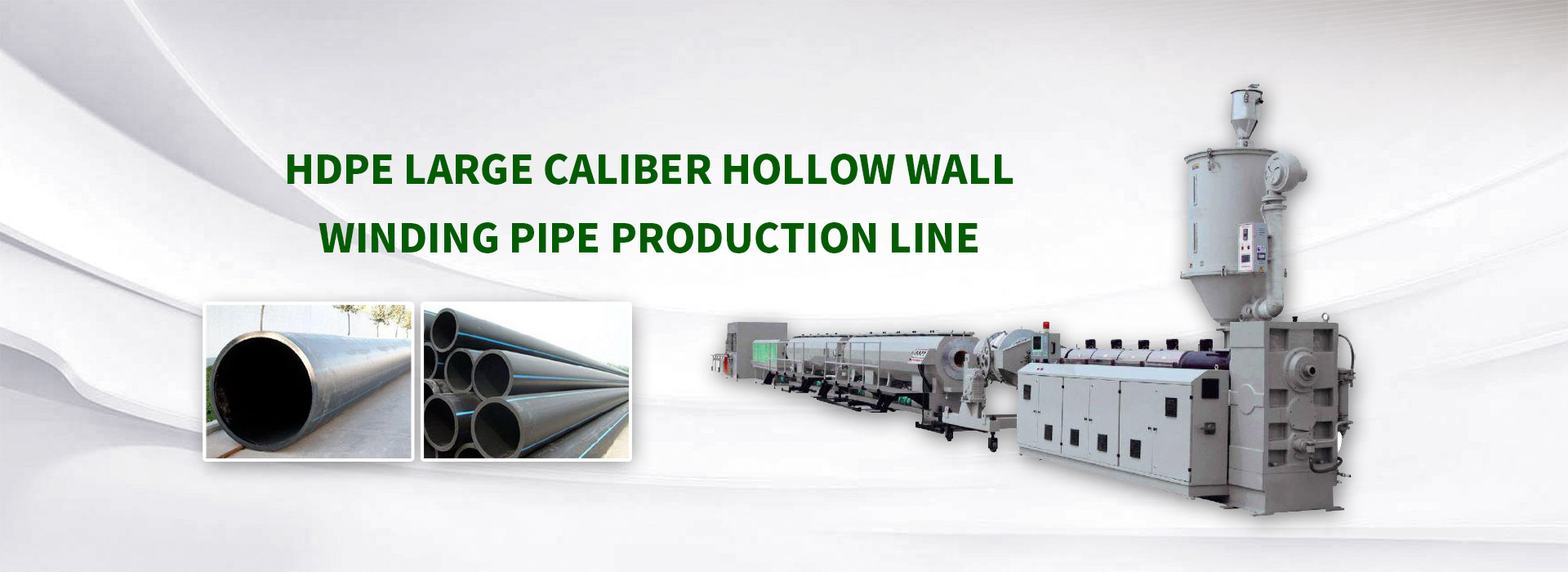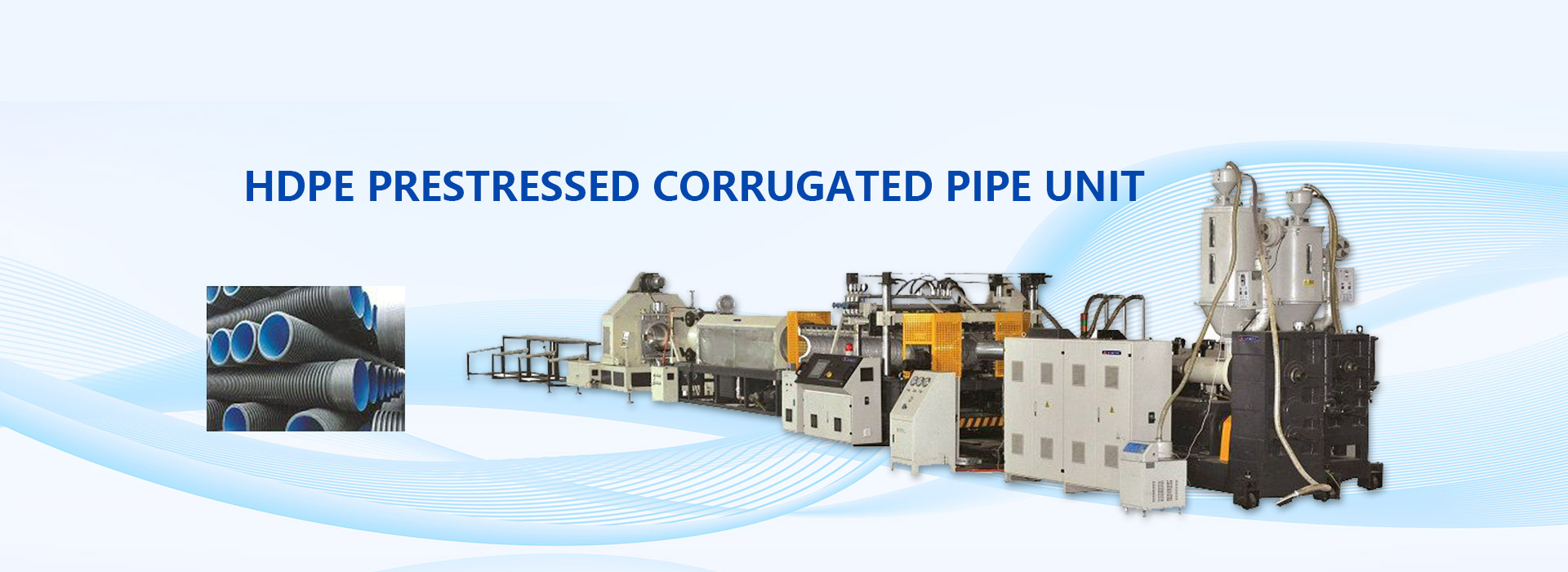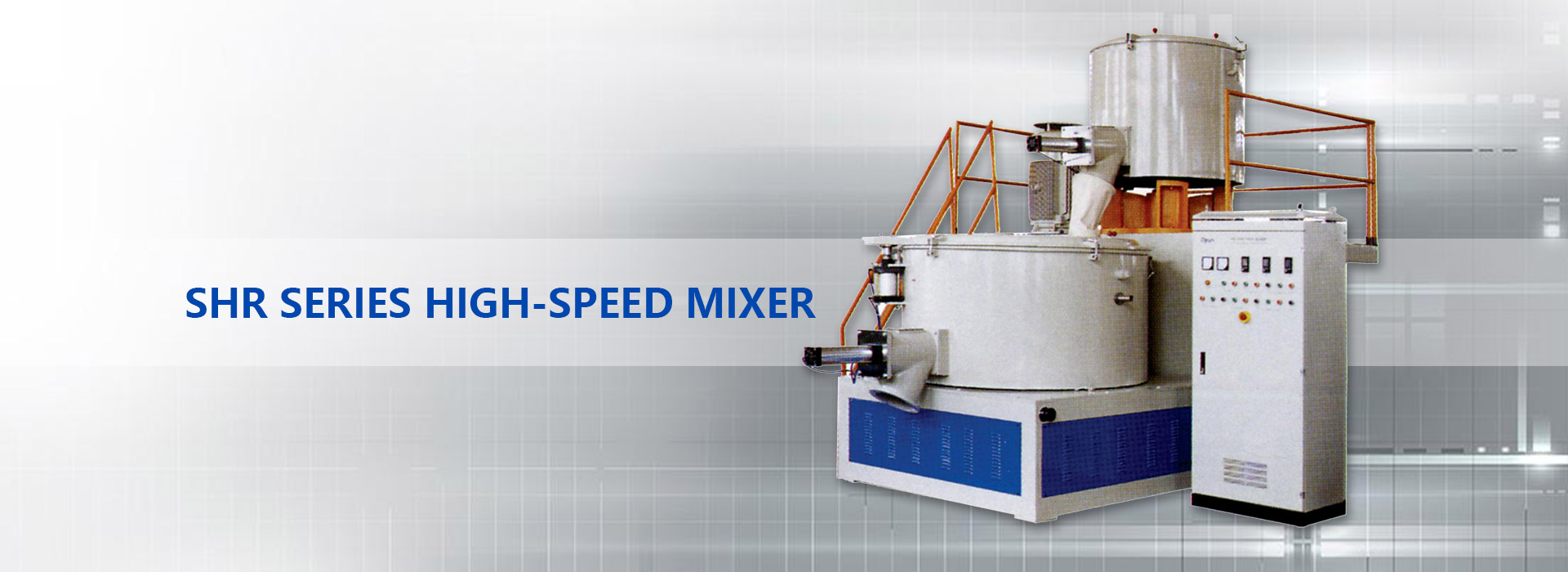Plastic mold system composition-detailed explanation of the six systems of plastic mold
The functional structure of the plastic mold system is mainly composed of six systems: a pouring system, a temperature adjustment system, a forming part system, an exhaust system, a guiding system, and an ejection system. The pouring system and forming parts are parts that directly contact with the plastic and follow Variations in plastics and products are the most complex and the most varied parts of the mold, requiring the highest finish and precision.
1. Pouring system:
The pouring system refers to the part of the flow path before the plastic enters the cavity from the nozzle, including the main flow path, the cold cavity, the flow path and the gate.
2. Molded parts system:
Molded parts system refers to a combination of various parts that form the shape of the product, including moving mold, fixed mold and cavity (concave mold), core (convex mold), molding rod and other components. The core forms the inner surface of the product, and the cavity (die) forms the shape of the outer surface of the product. After the mold is closed, the core and the cavity form the cavity of the mold. According to the process and manufacturing requirements, sometimes the core and the die are composed of several pieces, sometimes made as a whole, and inserts are only used in parts that are easily damaged and difficult to process.
3. Temperature regulating system:
The temperature regulation system is to meet the mold temperature requirements of the injection process. A temperature regulation system is required to regulate the temperature of the mold. For injection molds for thermoplastics, the cooling system is mainly designed to cool the mold (the mold can also be heated). The common method of mold cooling is to set up a cooling water channel in the mold, and use the circulating cooling water to take away the heat of the mold; in addition to using cooling water to pass hot water or hot oil, the mold can also be installed inside and around the mold. Electric heating element.
4. Exhaust system:
The exhaust system is set up to exclude the air generated in the cavity during the injection molding and the gas generated by the melting of the plastic from the mold. When the exhaust is not smooth, the product surface will form gas marks (gas lines), scorching and other defects; plastic The exhaust system of the mold is usually a groove-shaped air outlet opened in the mold to discharge the air of the original cavity and the gas brought by the melt.
When the molten material is injected into the cavity, the air originally in the cavity and the gas brought by the melt must be discharged to the outside of the mold through the exhaust port at the end of the flow, otherwise the product will have air holes, poor connection, Dissatisfied with mold filling, and even the accumulated air will burn the product due to the high temperature caused by compression. In general, the vent hole can be located either at the end of the melt flow in the cavity or on the parting surface of the mold.
The latter is a shallow groove with a depth of 0.03-0.2mm and a width of 1.5-6mm on the side of the die. During injection, there will not be a lot of molten material leaking from the vent hole, because the molten material will cool and solidify at this place and block the channel. The opening of the exhaust port must not face the operator to prevent accidental injection of molten material and injury. In addition, the matching gap between the ejector rod and the ejector hole, the matching gap between the top block and the stripper plate and the core can also be used to exhaust.
5. Guidance system:
The guide system is set up to ensure that the moving mold and the fixed mold can be accurately centered when the mold is closed. The guide parts must be installed in the mold. In the injection mold, four sets of guide columns and guide sleeves are usually used to form the guide part. Sometimes, the inner and outer cone surfaces that coincide with each other on the moving mold and the fixed mold are needed to assist positioning.
6. Ejection system:
The ejection system generally includes: thimble, front and back thimble plate, thimble guide rod, thimble return spring, thimble plate locking screw and so on. After the product is molded and cooled in the mold, the front and back molds of the mold are separated and opened. The ejector mechanism-the thimble is pushed by the ejector of the injection molding machine to push or pull out the plastic products and the condensate in the flow channel. For the next injection molding cycle.
- Previous:The development process and technical key of double-wall corrugated pipe equipment
- Next:Already the last article



